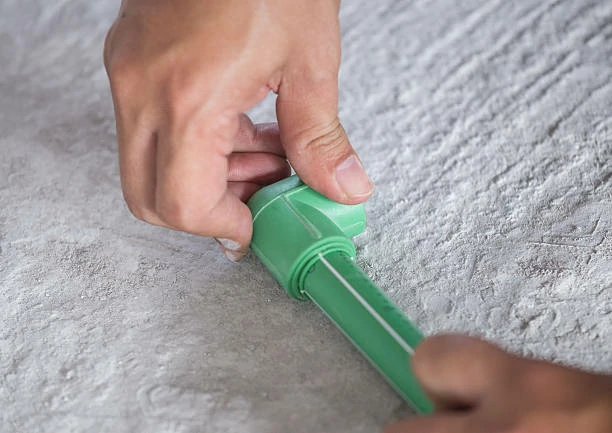1. Введение
As energy costs continue to rise and sustainability becomes a global priority, the choice of pipeline materials for water heating systems has taken on new significance. This blog post explores whether PPR pipes offer superior energy efficiency compared to traditional alternatives, with a focus on helping customers make informed decisions for their projects.
2. Understanding Energy Efficiency in Water Heating Systems
Energy efficiency in water heating systems refers to minimizing energy consumption while maintaining optimal performance. Key factors include:
- Heat retention: Reducing heat loss during water transportation
- Insulation properties: Materials that slow down heat dissipation
- Installation efficiency: Systems that reduce energy waste through proper fitting
3. PPR Pipe’s Thermal Conductivity Advantages
3.1 Low Thermal Conductivity
PPR pipes have a thermal conductivity of only 0.21 W/(m·K) compared to copper’s 385 W/(m·K). This means:
- 99.95% less heat loss per meter compared to copper
- Significantly reduced energy requirements for maintaining water temperature
3.2 Insulation Benefits
The closed-cell structure of PPR provides:
- Natural resistance to temperature transfer
- 3-5 times better insulation than traditional plastics
- Ideal for both hot and cold water lines
4. Energy Efficiency in Installation
4.1 Leak Prevention
– 热熔焊接 creates 100% leak-free joints
- Eliminates energy waste from recurring leaks (up to 15% energy savings in older systems)
4.2 System Pressure Optimization
- Smooth inner walls reduce friction loss by 20-30%
- Lower pump energy requirements for maintaining flow rates
5. Lifecycle Energy Savings
5.1 Longevity
- 50+ year service life compared to 20-30 years for copper
- Reduced replacement-related energy consumption
5.2 Recyclability
- 100% recyclable material
- Lower carbon footprint than metal alternatives

6. Case Studies & Certifications
6.1 Hotel Renovation Case
A 5-star hotel in Shanghai achieved:
- 22% reduction in annual heating costs
- 30% shorter installation time
- 15% smaller carbon footprint
6.2 Certifications
- EN 12201 Energy Efficiency Class A
- ISO 14067 Carbon Footprint Certified
- ASHRAE 90.1 Compliance
7. Yifan’s Energy-Efficient Solutions
As leading PPR pipe manufacturers, we offer:
- Customized insulation coatings
- Smart jointing systems
- Energy audit support
- Full lifecycle cost analysis
8. Conclusion
PPR pipes demonstrate clear energy efficiency advantages through:
- Superior thermal insulation
- Leak-free installation
- Extended lifecycle benefits
- Sustainable manufacturing practices
For customers looking to optimize energy performance in water heating systems, Yifan Pipeline’s innovative PPR solutions provide measurable savings while maintaining the highest safety standards. Visit ifanultra.com to explore our energy-efficient pipeline products and discover how we can help your projects achieve sustainability goals.













Последние комментарии